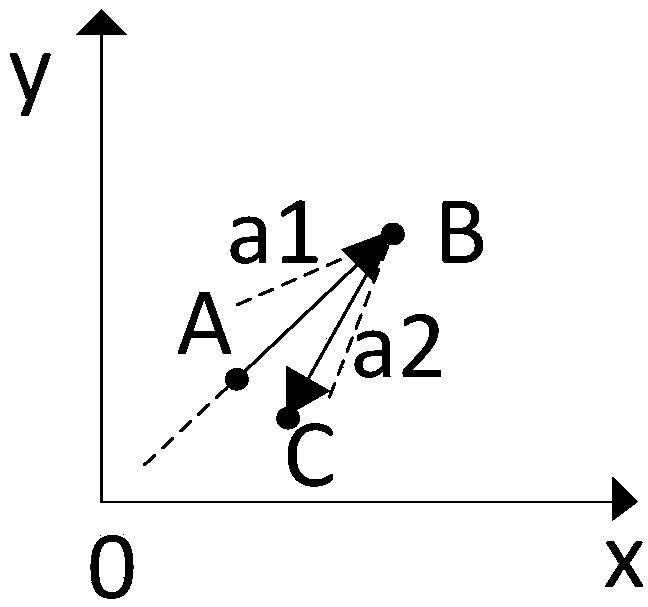Control method of head-mounted device, device, storage medium and head-mounted device
The technology of a head-mounted device and a control method, which is applied in the field of control, can solve problems such as the inability to realize earphone control, and achieve the effect of improving reliability and improving reliability
- Summary
- Abstract
- Description
- Claims
- Application Information
AI Technical Summary
Problems solved by technology
Method used
Image
Examples
Embodiment 1
[0053] figure 1 It is a flowchart of a method for controlling a head-mounted device provided by an embodiment of the present invention. Such as figure 1 As shown, the method includes:
[0054] S10: Obtain a movement parameter of the head-mounted device.
[0055]It should be noted that the head-mounted device can be a headset, VR glasses, a searchlight, a game console and other devices, as long as it can be worn on the head and can follow the movement of the head. In addition, the earphones are not limited to wireless earphones, and may also be wired earphones. If it is a wireless earphone, the communication module contained in the earphone can be any form of communication module, for example, it can be a Bluetooth module. Moreover, the number of earphones is not limited, there can be only one (used for one ear), or two (used for two ears at the same time), and the wearing method of the earphones is not limited either, it can be in-ear or For ear hook type.
[0056] The m...
Embodiment 2
[0076] Figure 4 It is a flow chart of another head-mounted device control method provided by an embodiment of the present invention. In the previous embodiment, a control method corresponding to a single type of movement parameter is described. However, due to a single type of movement parameter, it is easy to cause misoperation, for example, the normal bending of the user or the movement parameter parameterized during exercise may cause wrong control of the head-mounted device. Based on this, in this embodiment, in order to improve the accuracy and reliability of the control method, the movement parameters specifically include the acceleration and time of the head-mounted device, and the moving direction of the head-mounted device.
[0077] Correspondingly, step S11 is specifically:
[0078] S110: Calculate the displacement corresponding to the acceleration according to the acceleration and time.
[0079] S111: Judging whether there are two consecutive target displacement...
Embodiment 3
[0086] Such as Figure 4 As shown, on the basis of Embodiment 2, this embodiment also includes:
[0087] S20: Determine whether the displacement is within the preset distance range; if yes, go to step S111. If not, displacement is ignored.
[0088] In the second embodiment, as long as there are two continuous displacements that meet the preset time range and preset direction, the size (distance or amplitude) of the displacement is not considered, and in the actual implementation, it is impossible for the user's head to Keeping the same posture will inevitably produce tiny movements. If the movement parameters generated by exactly two movements meet the above criteria, it will lead to misoperation. To solve this problem, in this embodiment, the judgment of the displacement distance is added. If it is too large or too small, it is considered as the user's normal physiological movement, and the control of the head-mounted device is not executed.
[0089] Similarly, for the ang...
PUM
 Login to View More
Login to View More Abstract
Description
Claims
Application Information
 Login to View More
Login to View More - R&D
- Intellectual Property
- Life Sciences
- Materials
- Tech Scout
- Unparalleled Data Quality
- Higher Quality Content
- 60% Fewer Hallucinations
Browse by: Latest US Patents, China's latest patents, Technical Efficacy Thesaurus, Application Domain, Technology Topic, Popular Technical Reports.
© 2025 PatSnap. All rights reserved.Legal|Privacy policy|Modern Slavery Act Transparency Statement|Sitemap|About US| Contact US: help@patsnap.com



